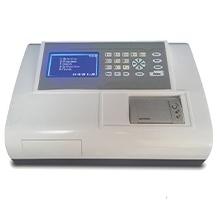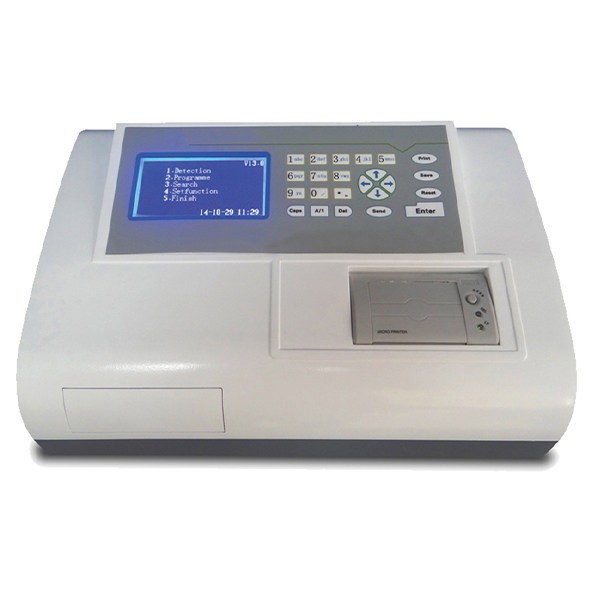The microplate reader can provide a variety of different modes of detection for experiments based on microplates. Generally, microplate readers can provide at least three different detection modes that are absorbed light, fluorescence, and luminescence. You always hope that your microplate reader can be used for a long time, so how to increase its service life?

10 Tips for Maintaining the Microplate Reader
1. The microplate reader should be placed in an environment with no magnetic field and interference voltage, lower than 40 decibels, to ensure that the table is stable without strong vibration.
2. Avoid direct sunlight to prevent the microplate reader from aging.
3. The ambient temperature during operation should be between 15°C and 40°C, and the ambient humidity should be between 15% and 85%;
4. The operating voltage should be kept stable during operation.
5. The air in the operating environment is clean, avoiding water vapor and smoke.
6. Keep a dry, clean, and level work surface with enough operating space.
7. The surface and interior of the microplate reader must be kept clean. If samples or reagents are accidentally spilled on the surface or interior of the microplate reader, please clean it up in time.
8. Do not turn off the power during the detection process.
9. After use, please turn off the microplate reader in time and cover the dust cover.
10. In case of technical failure, please contact the microplate reader manufacturer in time, and do not disassemble the microplate reader without authorization.
10 Precautions for Using the Microplate Reader
The following items should be paid attention to in the operation of the microplate reader:
1. If you use a dosing device to add liquid, the dosing heads cannot be mixed.
2. Wash the board to wash clean. If possible, wash the plate with a plate washer to avoid cross-contamination.
3. Operate in strict accordance with the instructions of the kit, and the reaction time is accurate.
4. During the self-inspection or testing process of the microplate reader, please do not touch the loading platform and the microplate, to prevent the operator from being squeezed when the microplate is transferred.
5. Do not spill samples or reagents on the surface or inside of the microplate reader, and wash your hands after the operation.
6. If the samples or reagents used are polluting, toxic, and biologically hazardous, please strictly follow the operating instructions of the kit to prevent damage to the operator.
7. If the microplate reader has been in contact with polluting or infectious items, please clean and disinfect it.
8. Do not turn off the power during the detection process.
9. For the deviation of the measurement results caused by the problem of the kit, the parameters should be modified in time according to the actual situation to achieve the best results.
10. In case of technical failure, please contact the microplate reader manufacturer in time, and do not disassemble the microplate reader without authorization.
A microplate reader is a common piece of equipment for microplate detection, widely used in clinical research, biology, agriculture, food safety monitoring, etc. There are some problems in the management of the instruments, such as keeping the power on and not shutting down in time when no testing was carried out for a long time, and a lot of dust in the laboratory that was not cleaned in time and not covered properly. The dust cover microplate reader and other large instruments share a power supply, etc. These situations will have a certain impact on the service life of the instrument and the detection effect. After you read this article, if your problems with the microplate reader are not solved, you can contact the manufacturer of the microplate reader.

